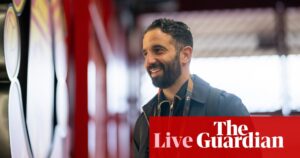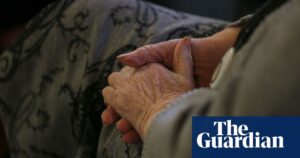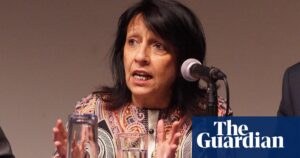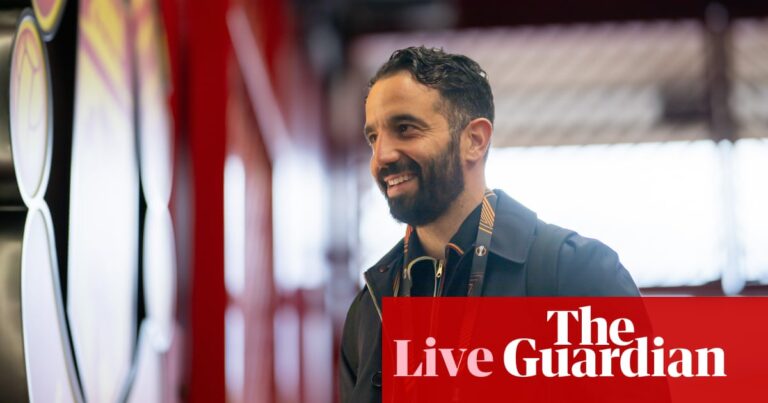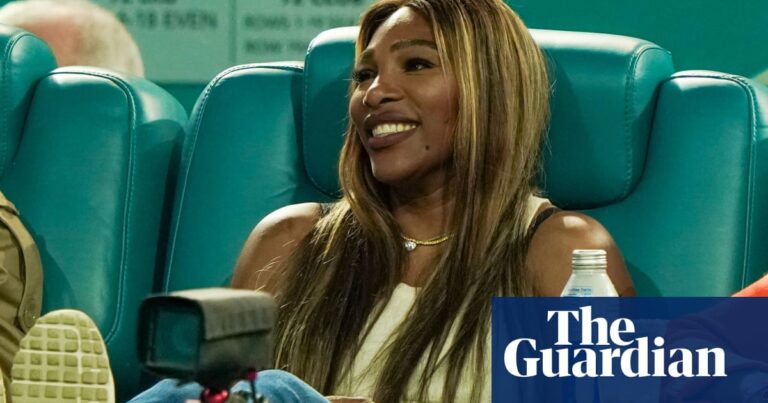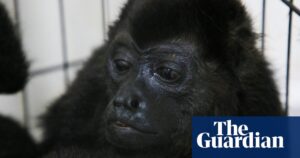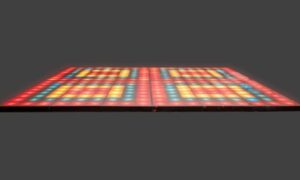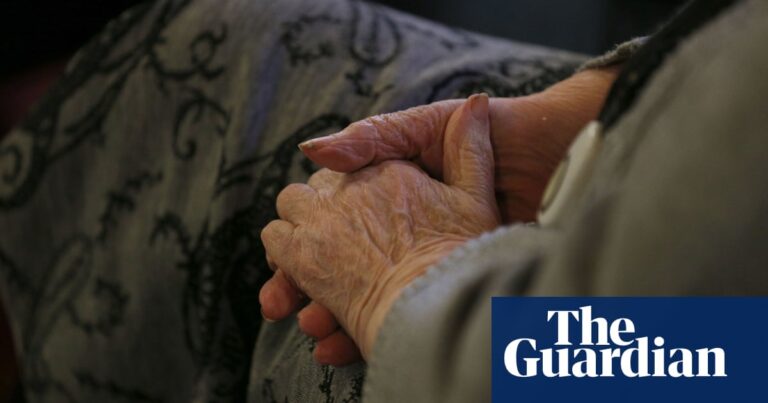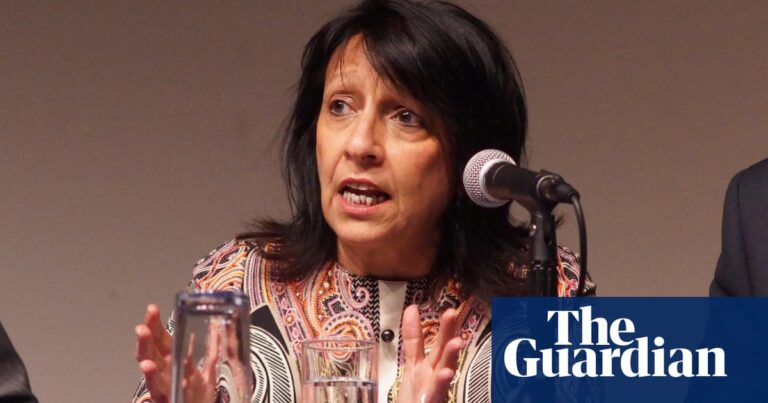Naomi Osaka is a worrier. There are times, she says, when she cannot stop her mind from working itself into overdrive as it fixates on her future. One of her concerns in recent years has been what lies ahead after tennis; she is not sure if she is good at many things beyond the brutal treatment she can inflict on a ball.
Considering the common theme of much of the conversation so far had been Osaka’s growth and maturity, this disclosure naturally prompts a question about how she has managed to move past her tendency to overthink her future plans. She responds, laughing, without hesitation: “Who said I’m past that?”
Last July, Osaka, the first Asian world No 1 in singles, a four‑time grand slam champion and one of the greatest players of her generation, gave birth to her first child, Shai. She returned to action in January, having spent more than 15 months away from the sport. Her pregnancy had come at a difficult time; after her initial incredible success and subsequent struggles with form and mental health she was unsure of her next step. Becoming a mother and having the time to truly reassess during the enforced time away has been energising.
“It forced me to see life in a different way,” she says. “I know a lot of people probably think I retired in that year but it just made me a lot more grateful for the sport and, in turn, made me just know there’s so many possibilities outside tennis and I realised I would still love to play tennis.”
Having seen Osaka from some of her earliest days on the tour, there has been a clear change in her demeanour since her return. She seems a little more confident, more at ease with herself. Osaka agrees. The 26‑year‑old describes herself as more mellow and mature, even insisting that she is trying to be more social with other players, no longer navigating the locker room with her head down and headphones attached permanently to her ears.
“I’m trying my best, trying to make friends,” she says. “I was walking around the city the other day and I find [observing people] so interesting. Everyone has their own stuff going on. Before, I was in a bubble, I didn’t even really notice or take the time to see what everyone else is doing.”
Alongside the countless positive things her pregnancy has yielded, Osaka says it was extremely tough. After more than a decade of living the nomadic existence of a tennis player, coming to terms with being at home in one place for so long was challenging. Her pregnancy also had difficulties, from heavy morning sickness to Shai being born with a nuchal cord – the umbilical cord wrapped around her neck.
A couple of weeks after giving birth, Osaka returned to training, so determined was she to make it back on court by the start of the year.
Over the years, Osaka has described herself as delusional, a characteristic she believes has allowed her to pursue the biggest dreams, even though the odds were stacked so heavily against her in her youth. “I’ve had this since I was little,” she says, laughing. “But the people they call crazy are usually the ones that are the people that do something really spectacular.
“My delusional trait is probably me daydreaming and inventing a scenario I want to happen and sometimes they do happen.”
Five months into her comeback, one of the biggest challenges for Osaka has been tempering those so-called delusions. She is ranked No 134 in the WTA rankings and No 37 on the yearly WTA race, still far from previous heights. Osaka was 20 when she won her first grand slam title by beating Serena Williams in the 2018 US Open final – her dream scenarios usually become reality at speed. She has had to learn how to be patient and accept much more gradual progress.
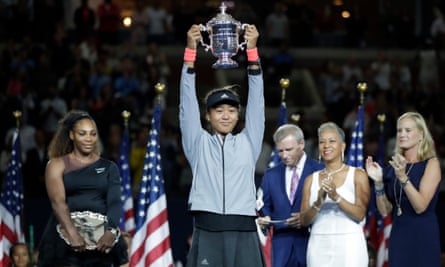
“I’m the type of person who wants things to happen quickly, but I’m just understanding that tennis has come such a long way and these are the best players in the world,” she says. “And also, watching other mothers and how their returns have unfolded and just appreciating the moment that I’m in now.”
This period has seriously tested that perspective. At the beginning of the clay court season, the losses were piling up and wearing her down. Shortly after her first-round defeat at the Rouen Open last month, Osaka said she felt like a failure in a post on Threads. But she quickly deleted the post and a few weeks later, after a tight loss in the second round of the Madrid Open, she was extremely positive. She says she is handling her frustrations differently compared to her younger self.
“I definitely would have done the tennis player thing, which is not talk to anybody, been in an extremely dark hole,” she says. “Now I try to openly communicate how I feel.
“The biggest thing is doubt because the only way I know how to gauge myself for my success is through wins. And if I don’t have those, I feel like I’m not doing well. But I played some really good players so I’m hoping that the results will creep in slowly.”
The early days of her journey explain much about later decisions. Osaka and her older sister, Mari, were introduced to tennis by their Haitian father, Leonard François, who had been inspired by the success of Venus and Serena Williams alongside their father, Richard. As Mari and Naomi trained daily with their father, their Japanese mother, Tamaki, worked multiple jobs to barely keep her family, and their finances, afloat. “I was extremely aware,” she says of her family struggles. “I would often see my mom crying.”
after newsletter promotion
Unlike most of her peers, Osaka’s dreams were not simply about the glory of winning big matches or titles. Her primary goal was to earn enough money to change her family’s circumstances, and particularly to ensure that her mother would no longer have to work.
Once she began to win big titles and earn even more significant sums through endorsements, becoming the highest annual earner in the history of women’s sports, her goal had been achieved. Suddenly, she had no objective.
“It was a lot,” she says. “It shaped my personality in a way, too, or my character. It also made it so that once I felt like I achieved that goal, I didn’t know what else to do. So I kind of felt stuck.
“As humans, I think we all have goals and once we accomplish them, we don’t really know what to do. But it was quite tough on me to just think about my family. I always felt like I wasn’t good at anything except tennis. So if that was taken away from me, I didn’t know what I was good at.”
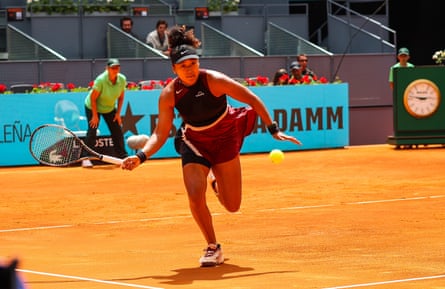
Being responsible for the finances of her family, the youngest child yet the breadwinner, also meant there was a time when Osaka felt compelled to continue her career indefinitely in order to continue earning. She has had to re-establish her relationship with the sport on her own terms.
The decision to pursue her personal goals so soon after giving birth has come with some sacrifices. Osaka opted not to travel with Shai in the first months of her life and although they have regular video calls their separation has been increasingly difficult to handle.
“In Australia, it was really sad for me, but for some reason this time [it’s worse],” she says quietly. “I’m seeing her growing up before my very eyes and I just want to reach out through the phone and hug her.”
As the focus shifts towards the French Open, though, Osaka has much to look forward to. After spending around five weeks without her, Osaka will be reunited with her daughter in Paris as Shai makes her first international trip.
On the court, a few days after our conversation, Osaka made significant progress by reaching the fourth round in Rome with consecutive wins over top 20-ranked players Marta Kostyuk and Daria Kasatkina. Despite how her mind has a tendency to dart too far ahead, the goal remains to focus on the present rather than worrying too much about the future. Her improvements have been gradual, but they are undeniable, and the work continues as she tries to make it back to the top.
Source: theguardian.com
